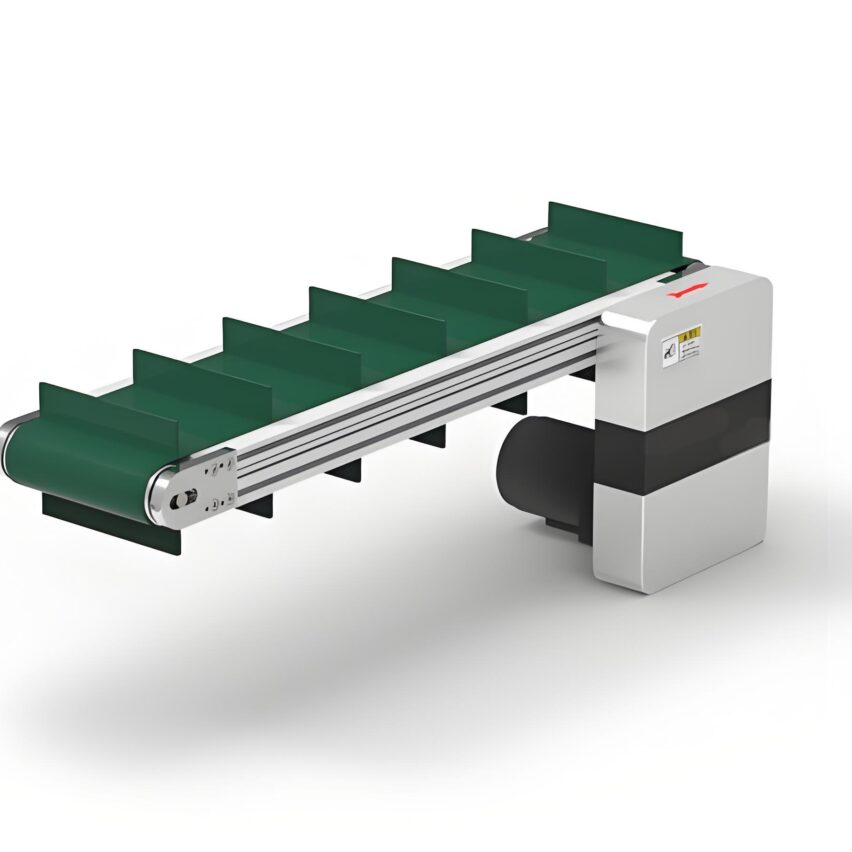为什么精心设计的辊子线,运行不到半年就频繁打滑停机?为什么参数表上“功率足够”的电机,实际连钢板都推不动?新手搞传动设计,十有八九栽在“凭感觉选型”上——今天咱们就用钢厂实案例,把Motor Gearbox Matching掰开揉碎说透。

I. Mismatched motor reducer? Three major rollover sites
- Inflated power: Obviously the motor is labelled 15kW and it overheats and trips as soon as it hits the production line. The problem isMomentary impact at start-upDidn't count on it, just looking at the uniform running power is a sure way to roll over.
- Reduction ratios are hard roundedThe figure is convenient to choose a speed ratio of 15 gearboxes, the result is that the conveying speed is 20% faster than the process requirements. workers can only run at a reduced frequency, the motor has long been suffocated in the low-frequency zone.
- Slip as a fault repair: Roller idling can not bring the steel plate, maintenance class repeatedly tighten the chain to change the bearings.The root cause is lack of torque.But it is treated as a mechanical failure.
Second, match the three core: power, speed, reduction ratio
The novice remembers this formula.Power determines if it will do the job, reduction ratio determines how fast it will do the job, torque determines if it will slip or not.
| parameters | Common Misconceptions | correct posture |
|---|---|---|
| power (output) | Just look at the weight of the load. | Calculate friction + acceleration + transmission efficiency |
| number of revolutions per minute | Hardwired to nominal motor speed | Inverse extrapolation based on process speed |
| reduction ratio | Choose a close integer | Accurate to one decimal place |
III. Anti-slip calibration: two key calculations
1. Torque calculation: steel plate can't be pushed? Calculate this first!
A steel mill ACC roller conveyor retrofit project with the following parameters:
- Single roller load: 4.6 tonnes (28 tonnes steel plate divided into 6 rollers)
- Roll diameter: 0.45m
- Target acceleration: 0.3m/s²
- Coefficient of friction: 0.12 (steel plate with water stains)
Slipping critical torque= weight × coefficient of friction × roll radius
T_critical = 4600kg × 9.8 × 0.12 × (0.45/2) ≈ 1213 N-m
Actual demand torque= Friction torque + acceleration torque
T_actual = [4600 x 9.8 x 0.12 x (0.45/2)] + [4600 x 0.3 x (0.45/2)] ≈ 1213 + 310 = 1523 N-m
💡Key findings: When the actual demand torque (1523N-m) > slip critical torque (1213N-m) -
Must slip!Solution: Either reduce the acceleration or increase the coefficient of friction (e.g. by adding a pattern to the roll surface).
2. Inertia matching: why is a motor start-stop like a tractor?
An automobile factory painting line, motor frequently reported overload. A check of the data:
- Motor rotor inertia: 0.02 kg-m²
- Total load inertia: 18.6 kg-m²
- Ratio of inertia = 18.6 / 0.02 = 930x(>15 times the safety limit)
Consequence: Every time you start, it is like a "small horse-drawn cart", and the motor is pulled hard by the overload current.
countermeasures: Replace with a high inertia motor, or add a gearbox to increase torque output.
IV. Question and answer time: high-frequency questions for novices straight away
Q: How exactly is the reduction ratio calculated?
A: Remember the three steps:
① Fixed process speed (e.g. roller conveyor line speed 1.5m/s)
② Calculate roller speed = linear speed / (π x roller diameter)
③ Deceleration ratio = Rated motor speed / Roller speed
A case: line speed 1.5m/s + roll diameter 0.3m → roll speed ≈ 95.5 rpm → with 4-pole motor (1440rpm), speed ratio = 1440/95.5 ≈ 15.1Q: Why is the motor slipping even though it has power to spare?
A: More power ≠ more torque! Look at this comparison:
Motor A Motor B Power: 15kW Power: 11kW Speed: 2880rpm Speed: 960rpm Output torque: 49.7Nm Output torque: 109.5Nm At the same speed ratio.Double the torque of low-speed motor B--Skid resistance lapping motor A.
V. Guide to avoiding pitfalls: three bloody experiences
Don't ignore the environment.
Dusty workshop with IP54 or higher protection motor; high temperature areas (> 80 ℃) must choose H-class insulation - ordinary motor up three months on the insulation aging.The number of starts should be counted
Roller conveyors with frequent starts and stops (>10 times/hour) require an additional 20% margin for torque. A material flow line because of ignoring this article, motor annual replacement repair rate of 37%.Reducer type determines life expectancy
- Light duty roller conveyor → Helical gear reducer (cheap enough)
- Heavy-duty impact → Planetary gearboxes (expensive, but they are built to last)
Data from a steel plant: Planetary gearboxes last 3 times longer than worm gears under the same operating conditions.
Lastly, let's throw in a point: matching is not about choosing parameters, it's about finding the balance of the drivetrain. Don't believe in "empirical values". Can't measure the load friction coefficient? Field measurements are more reliable than manuals. If the reduction ratio comes out to 14.3, don't try to make it 15 - you'd rather customise the gears than let the system run sick. All that time saved in calculations will end up being doubled back to the maintenance shop.













